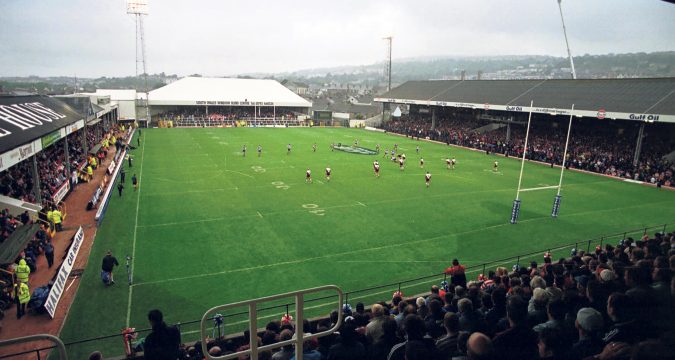 Our journey around the villages, towns and cities that have rugby league running through their veins heads to South Wales.
THERE have been plenty of attempts by rugby league clubs to muscle in on the rugby union stronghold which is South Wales, stretching right back to our game's early days.
But only one, the team of that name who existed for o
Our journey around the villages, towns and cities that have rugby league running through their veins heads to South Wales.
THERE have been plenty of attempts by rugby league clubs to muscle in on the rugby union stronghold which is South Wales, stretching right back to our game's early days.
But only one, the team of that name who existed for o Locations of League: Swansea
 Our journey around the villages, towns and cities that have rugby league running through their veins heads to South Wales.
THERE have been plenty of attempts by rugby league clubs to muscle in on the rugby union stronghold which is South Wales, stretching right back to our game's early days.
But only one, the team of that name who existed for o
Our journey around the villages, towns and cities that have rugby league running through their veins heads to South Wales.
THERE have been plenty of attempts by rugby league clubs to muscle in on the rugby union stronghold which is South Wales, stretching right back to our game's early days.
But only one, the team of that name who existed for o 